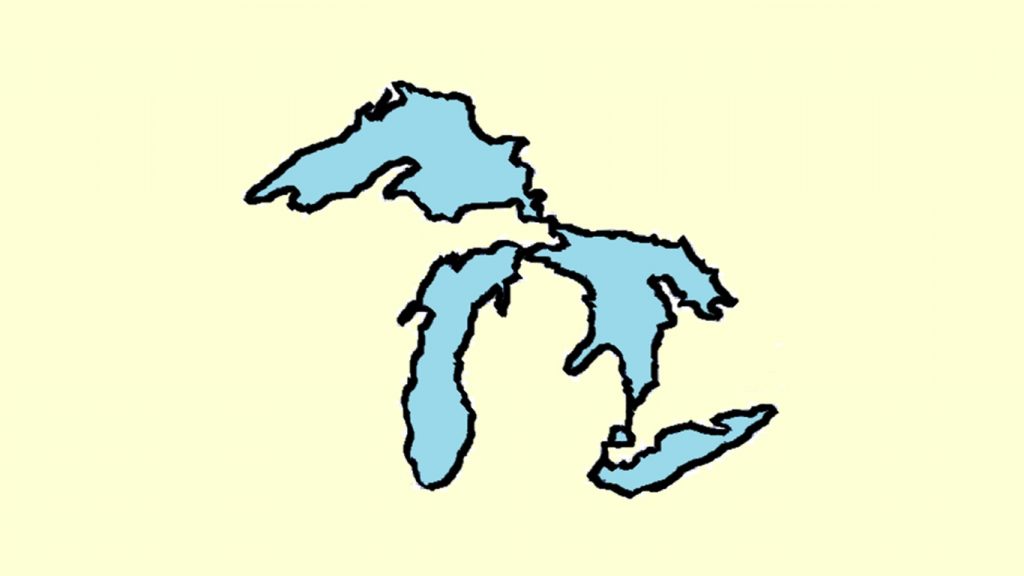[VIDEO] Voter Guide: Understanding Michigan’s Proposal 2
What is gerrymandering and how would Proposal 2 change the practice?

Once every decade, the boundaries of Michigan’s 14 Congressional districts are redrawn — a process known as redistricting. This is done to make sure each one represents an equal number of voters.
As it currently stands, the task of redistricting falls to the state’s majority party. The problem is that when politicians redraw those lines they manipulate the borders to turn as many districts as they can in their party’s favor.
By doing so, the majority party increases their odds of electing officials to State Congress for the next 10 years. This process is known as gerrymandering.
If voters approve Proposal 2 it would end gerrymandering by creating a 13-person “Independent Redistricting Commission” to ensure lines are drawn without political bias.
$4.6-million would be allotted for the Commission each year in the state’s annual budget. It’s estimated that they would use about $1-million of that on average, and the Proposal would require that unused money be returned to Michigan’s coffers.
Pros:
- It would increase transparency about how districts lines are drawn.
- The process of gerrymandering would effectively come to an end.
Cons:
- The redistricting process offered by Proposal 2 is more expensive than the state’s current process.
- There’s no clear way of knowing whether or not candidates for Independent Redistricting Commission are concealing any form political bias.
Learn more about the pros and cons of Proposal 2 here.
Earlier this year, WDET provided special coverage of gerrymandering as part of our “Policy Meets the People” series. Check out that content here.
